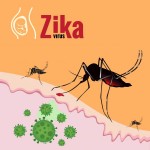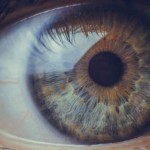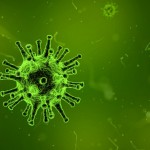Kerato Conjunctivitis (Dry eye syndrome)
Kerato conjunctivitis is a condition that leads to inflammation of cornea or conjunctiva. Kerato conjunctivitis is also called as Dry eye disease as the eye is not able to produce enough tears. Tears evaporate quickly as oil glands are blocked or abnormal. It is generally seen at old age.
The condition is also known as dry eyes or keratoconjunctivitis sicca. If the main problem is a blockage of the oil-secreting glands, then the condition is called blepharitis.
Symptoms
Symptoms of dry eye syndrome are mild. It includes :
Dryness
Burning
Sandy-gritty eye irritation that gets worsen as the day passes.
Itchy and scratchy eye
The symptoms may worsen in hot and smoky environment:
Very red eyes
Very painful eyes
Photophobia
Causes
Any abnormality of any one of the three layers of tears produces an unstable tear film, resulting in symptoms of dry eye syndrome. This can be due
Inadequate tear production:
Kerato conjunctivitis sicca is usually due to inadequate tear production.
Abnormal tear composition:
Kerato conjunctivitis sicca can also be caused by abnormal tear composition resulting in rapid evaporation or premature destruction of the tears.
Additional causes:
Aging is one of the most common causes of dry eyes. This is due to the fact that tears production decreases with age.
Diagnosis
Flourescein dye test
A special yellow-orange dye in eye drop form enables specialist to see tears more clearly. This helps them find out how long it takes for eye to start drying out.
The Schirmer's test
Small strips of blotting paper are hooked over lower eyelid. After five minutes, the strips are removed and studied to determine wetness of the paper.
The Lissamine Green test
A non-toxic dye known as lissamine green is diluted with saline and dropped on the surface of eye with a paper strip. The distinctive green color of the dye allows the specialist to see early damage to the surface of the eye
This is just an indicative treatment. For diagnosis and treatment you should consult your doctor.
Treatments
Mild to moderate cases of dry eye syndrome are generally treated using lubricant eye treatments that consist of a range of drops, gels and ointments.
Eye drops that replenish the oily tear and reduce evaporation from the surface of the eye are becoming more popular. These preparations include synthetic guar gums or liposomal sprays.
This is just an indicative treatment. For diagnosis and treatment you should consult your doctor.
Complications
Complications are not often, but can be lead to:
Conjunctivitis
Ulceration of the cornea
References:
U S National Library of Medicine
NHS
American Optometric Association









